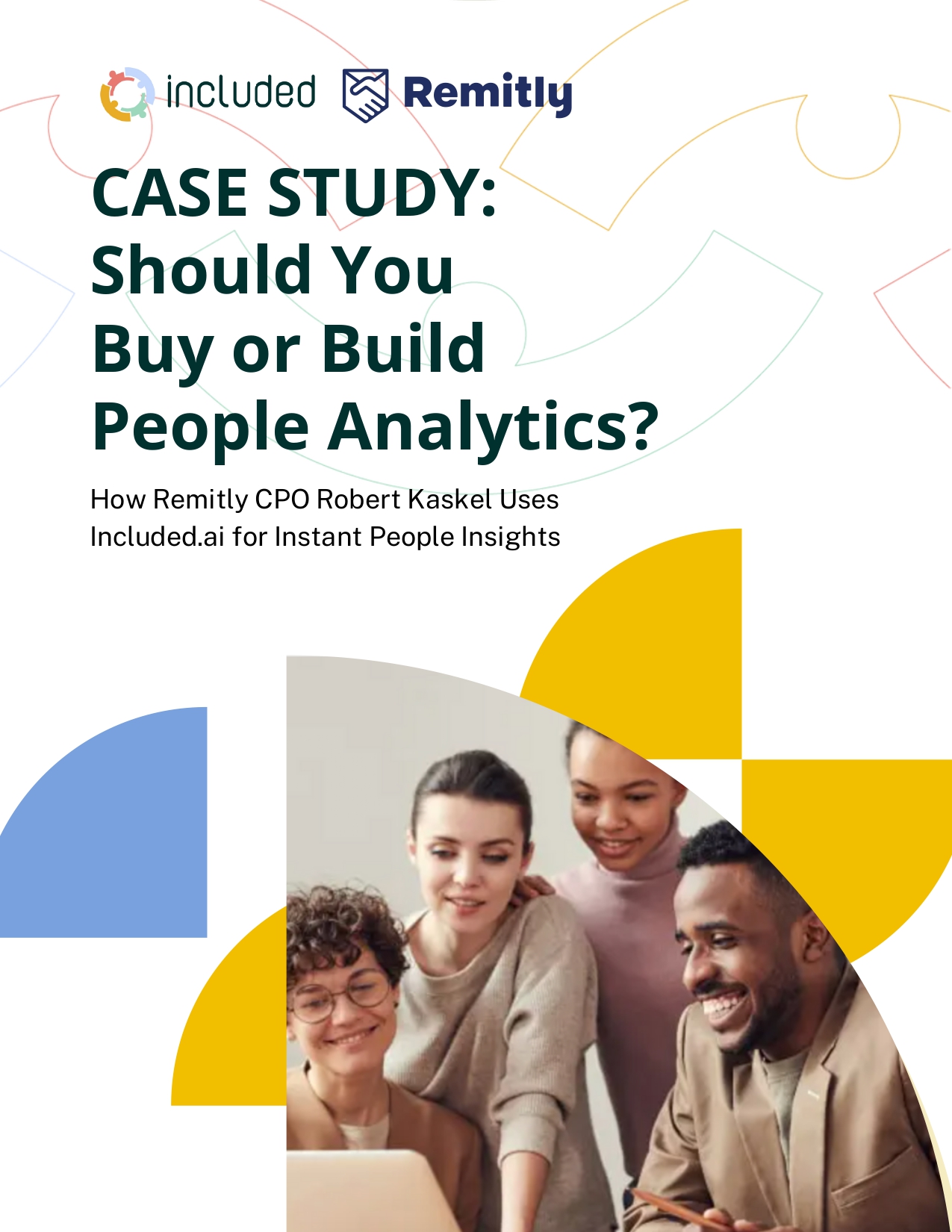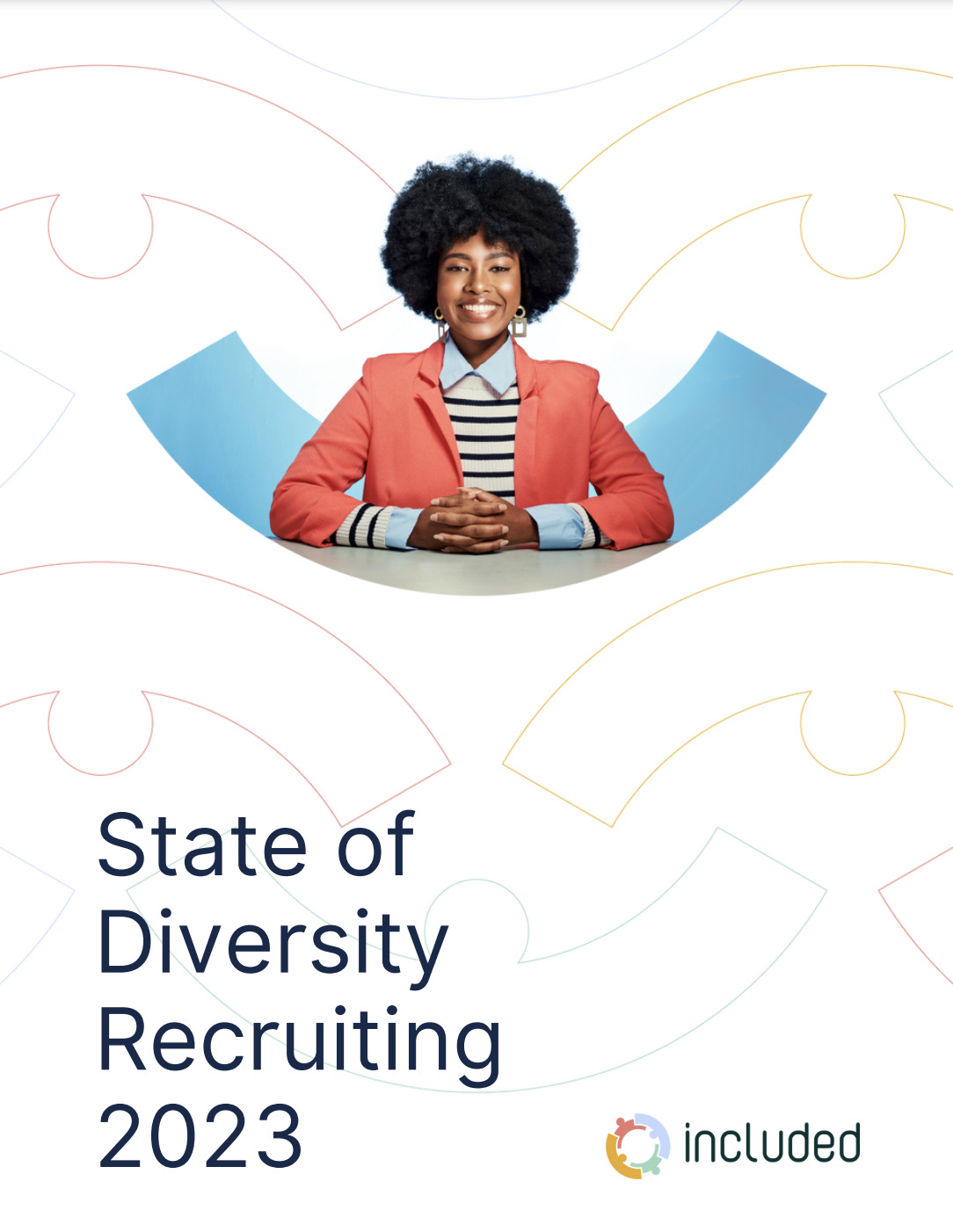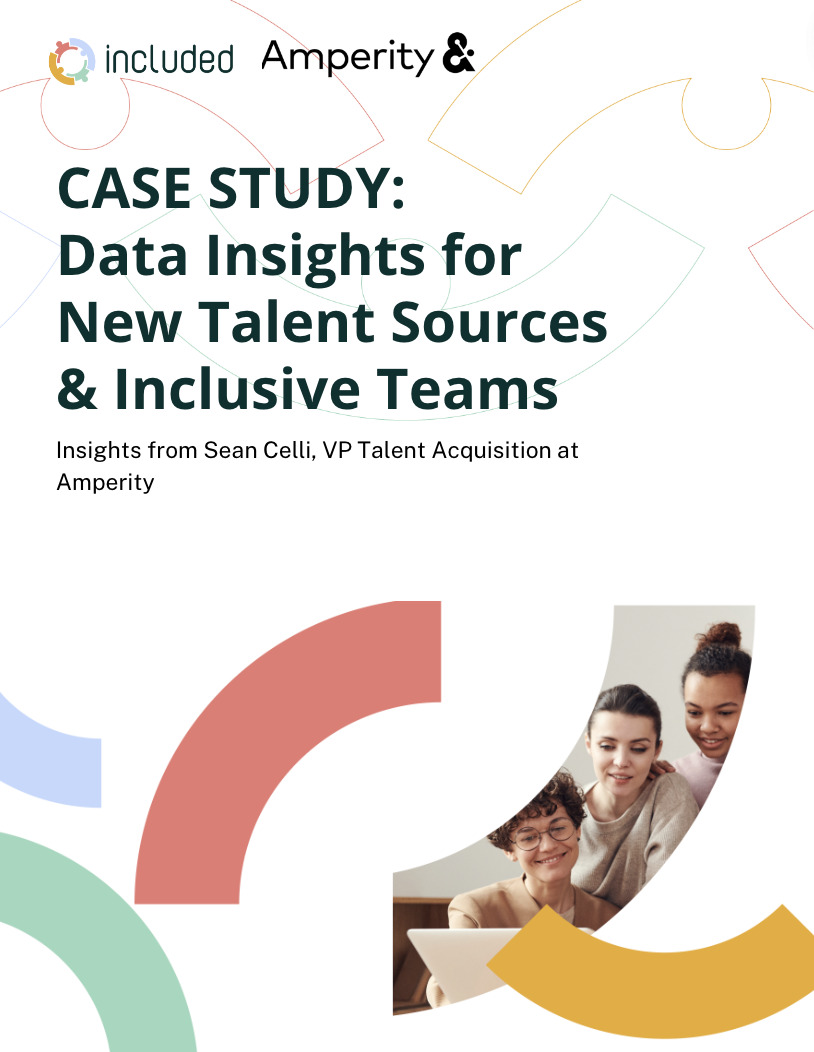Diversity recruiting has become more important than ever in light of recent world events. In 2020, a pandemic gripped the world. We’ve never seen a year like it and are unlikely to see a similar one soon.
In fact, COVID-19 has completely reshaped the way organizations across industries conduct business.
As we move further into 2021, some central trends have begun to emerge. The pandemic may have been an unusual situation, but it brought about changes that are here to stay.
Let’s start with recruitment. Based on both external data and our own experiences, here are five emerging trends we’re seeing in diversity recruitment that will affect (and are already affecting) best practices in 2021.
1. INCREASED ACCOUNTABILITY FOR DELIVERING A DIVERSE SLATE OF CANDIDATES
To start, a simple truth: the importance of a diverse workforce has become more than just a box to check or a talking point in boardrooms. Specifically, HR offices and leadership teams everywhere are beginning to recognize the importance of accountability in diversity recruiting.
That accountability largely consists of hiring managers implementing inclusive practices across the hiring process. The increasing awareness of AI bias in recruiting has only made such practices more imperative.
We’re not there yet, however. In one survey, 47% of talent recruiters stated that hiring managers aren’t held accountable for diversity in the slate of candidates they consider and interview. Growing awareness of bias is a hopeful sign that this accountability will increase.
2. GEOGRAPHIC FLEXIBILITY LEADS TO NEW DIVERSITY OPPORTUNITIES
In March 2020, the world went virtual. It may never fully go back. Virtual recruitment is here to stay and so is a virtual (or at least hybrid) workforce. As Shavonne Gordon, VP of Enterprise Diversity Recruiting at Capital One, puts it:
“Now that we’ve proven we can run our recruiting shop virtually, what does the new normal look like? We won’t go back to an environment where everything is fully in-person again because we don’t have to. It’s likely going to be a hybrid of in-person and virtual.”
In total, 70% of talent recruiters expect virtual recruiting to become the norm. It’s difficult to overstate the opportunities that can bring.
Traditionally, diversity recruitment has been a challenge especially in rural areas, where the balance tilts towards majority ethnicities. A virtual workforce, combined with virtual recruitment pipelines, widens the field of qualified applicants significantly — especially for organizations that know how to leverage that advantage.
3. DISTRIBUTION OF DIVERSITY ACROSS THE ORGANIZATION
Increasingly, leadership and hiring managers alike are beginning to view diversity in a more holistic fashion. Put simply, it’s about more than just adding a slate of diverse candidates into the pipeline and placing the occasional successful applicant in the organization. It’s about following the spirit behind diversity regulations and guidelines, not just the letter of the law.
This, in turn, is putting distribution at the forefront of modern hiring practices. Diversity-related practices, such as removing technology and human biases from the candidate pipeline, lead to a consistent stream of qualified candidates.
This will be helpful not just at the entry level but also at the C-suite level. The increasing emphasis on diversity hiring can help to enrich all levels of the organization in the process.
4. VIRTUAL RECRUITING LEADS TO VISIBILITY AT EVERY STAGE OF THE RECRUITMENT PIPELINE
It’s not enough to post a position with diversity in mind. Every stage in the recruitment pipeline, from referrals to resume checks and interviews, should work to remove any intentional and unintentional prejudices from the process.
Fortunately, we’re getting there. In modern recruitment, the talent pipeline is more visible than ever. Every stage can be monitored, analyzed, and improved. That’s especially the case now that recruiting is essentially virtual and becoming more dependent on technology.
With the right technology, that can be a good thing. We’ve highlighted the issues with AI bias above, that when discovered, can be addressed and removed. Zoom interviews offer the opportunity for (consensual) recording and a better, more objective evaluation of both the job candidate and the recruiter.
Most importantly, this increased recruitment pipeline visibility reduces the load and responsibility on any single professional. Recruiting can become more strategic and, by extension, more diversity-focused and successful.
5. BEYOND THE CHECKBOX: EMBRACING DIVERSITY AS MISSION-CRITICAL
Finally, it’s worth mentioning a simple trend that may just be the most impactful of the shifts mentioned throughout this post. Diversity is, at its core, moving to become a strategic emphasis across an increasing number of organizations and industries. That process is at least in part driven by the fact that 70% of job seekers now prioritize employers who embrace diverse values.
As a result, improving the employer brand necessarily includes an emphasis on diverse hiring practices not just as a checkbox to meet corporate guidelines but also as a true business advantage.
For some organizations, this isn’t a new strategy. At the same time, it’s becoming increasingly ubiquitous, driven by thought leaders like Johnson and Johnson. As highlighted in one case study:
Johnson & Johnson has moved away from a reactive hiring process, to make delivering a diverse talent pipeline a team effort across the organization. Making sure hiring managers know areas of focus for improving diversity, and having diverse talent in their networks can help them become another important advocate within the recruitment process.
Modern diversity hiring, after all, is much more than just placating core stakeholders. Embraced as a core strategic initiative, it becomes mission-critical in building a modern, flexible, creative, and productive workforce with an eye on both the present and the future.
It’s that core belief of diversity as more than just a box to check or a policy to reference that drives our work. For more information on how you can scale your diversity, equity, and inclusion program with a DEI platform designed to drive demographic insights and engage your employees, contact us today.












